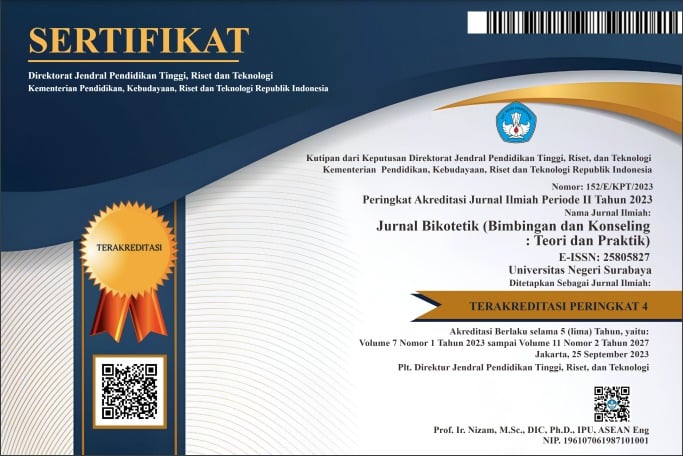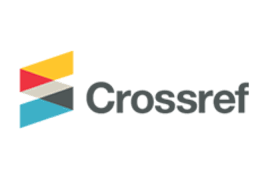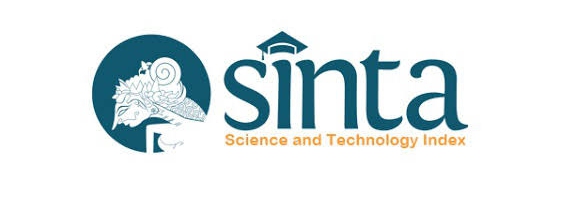GROUP GUIDANCE USING SPIRITUAL EMOTIONAL FREEDOM TECHNIQUE (SEFT) TO REDUCE STUDENT’S CAREER ANXIETY
DOI:
https://doi.org/10.26740/bikotetik.v9n1.p26-40Abstract
This study aims to examine: (1) the implementation of group guidance services using the SEFT (Spiritual Emotional Freedom Technique); (2) the career anxiety condition among students at the Faculty of Tarbiyah and Teacher Training (FTK), UIN Banten; and (3) the effectiveness of group guidance with SEFT technique in reducing students' career anxiety. The research method employed a quantitative experimental approach using a One-Group Pretest-Posttest design. Seven students were selected as samples through purposive sampling and assigned as members of the group guidance session (experimental group). Data collection involved administering a pretest and posttest using the Student Career Anxiety Scale (SCAS), developed based on Greenberger & Padesky's theory. The data were analyzed using the Wilcoxon signed-rank test. The results revealed that: (1) group guidance was conducted over five sessions following the stages of group development forming, transition, working, and closing—with each session focusing on one career-related topic; the SEFT technique was implemented at the beginning of the closing stage; (2) career anxiety among FTK UIN Banten students showed a progressive decline in average scores: 62.43 (pretest), 60.57 (after first treatment), 59.43 (after second treatment), 58.29 (after third treatment), 52.57 (after fourth treatment), and 50.43 (after final treatment); and (3) the group guidance service using the SEFT technique was effective in reducing students’ career anxiety, with a statistically significant value of 0.018 (< 0.05). These findings highlight the potential for developing a career guidance model that integrates both spiritual and emotional dimensions.
Keywords: Group Guidance, SEFT Technique, Career Anxiety
Downloads
Published
How to Cite
Issue
Section
License
Copyright (c) 2025 Authors retain copyright and grant the journal the right of first publication under the Creative Commons Attribution-NonCommercial 4.0 International License (CC BY-NC 4.0). This license permits others to copy, distribute, and adapt the work for non-commercial purposes, provided the original work is properly cited.

This work is licensed under a Creative Commons Attribution-NonCommercial 4.0 International License.
 Abstract views: 195
,
Abstract views: 195
, PDF Downloads: 154
PDF Downloads: 154








